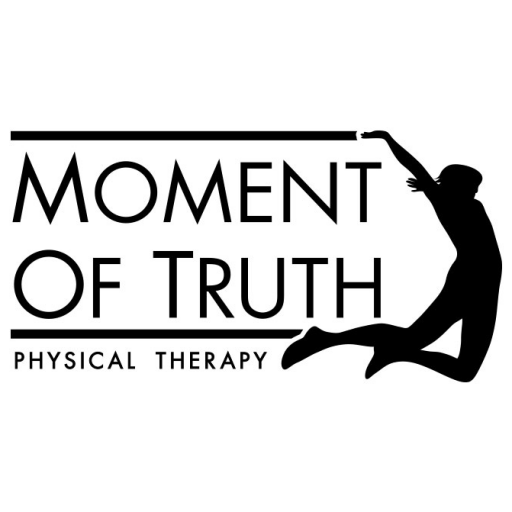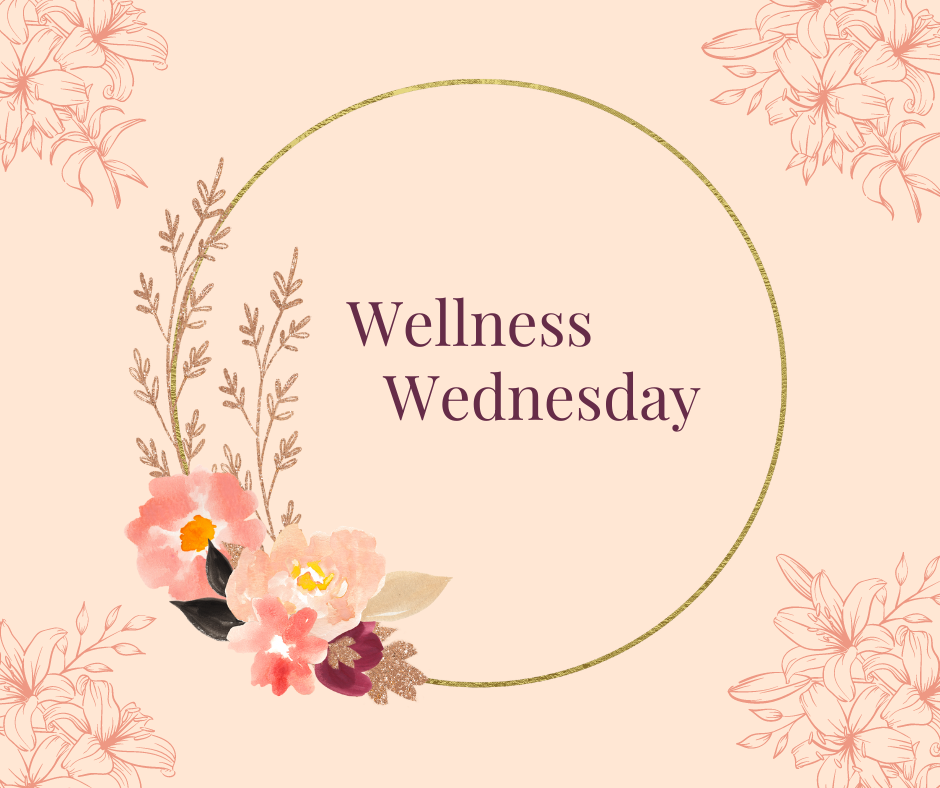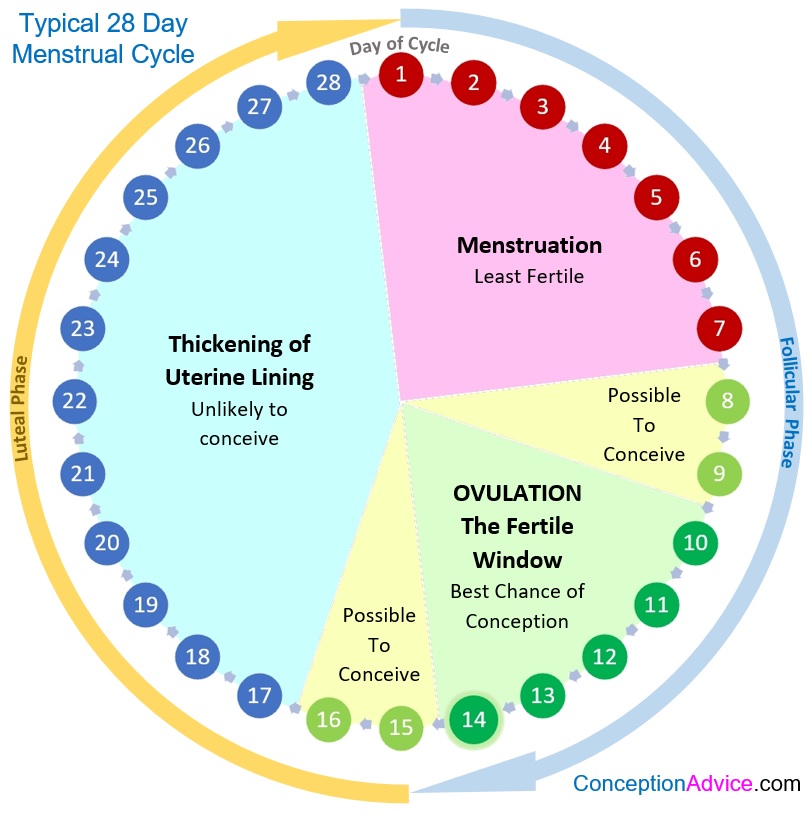Hellooooo MOT family!
Emily here today to talk to you about cycle tracking. Did you know you can only get pregnant 5-6 days a cycle? Well, now you do! Healthy sperm can live for up to 5 days in the vagina as it travels to meet the egg. Once the egg is released (ovulation), it can only be fertilized for 12-24 hours after.
Birth control is not your only option if you are trying to avoid getting pregnant. So, if you’ve been interested in tracking your cycle in anticipation of trying to get pregnant (TTC) or trying to avoid (TTA), here is a little intro to cycle tracking guide. Cycle tracking is 93% effective with typical use and 98% effective with perfect use to prevent pregnancy.
Step 1: Decide your goals.
Do you want to prevent pregnancy? Are you trying to conceive? How much work do you want to put into this?
Step 2: Decide what app/device you will use to track your cycle.
There are so many apps/devices to track your cycle. If you have an iPhone, you can use the health app to track (and it’s free). Some other options: Natural Cycles (FDA cleared), Flo, Ovia, Eve, etc. You also need to decide how to check your basal body temperature (bbt). You can cycle track without this, but it is much more effective and accurate if you do. You can either use a basal temp thermometer (gives you 2 decimal places) or something like an Oura Ring, Ava bracelet, or Tempdrop arm band. BBT needs to be measured first thing in the morning when you wake up (after at least 3 hours of sleep) and before you get out of bed. Personally, I use Natural Cycles ($80/year) and my Oura Ring ($299) together. Natural Cycles is the app that I input my goal, enter cycle info, mark the days I had sex, describe my cervical mucous, select any symptoms I’m experiencing, etc. Oura Ring tracks my bbt and automatically syncs the data to my Natural Cycles app which makes this whole process SO easy for me. The app uses all of the information I put in to give me fertile days and non-fertile days or days to use protection and days protection is not needed (depending on whether you are TTC or TTA).
Step 3: Understand fertile signs and the different phases of the menstrual cycle. The follicular phase plus the luteal phase equals your cycle length (ex: 16 day follicular phase and 14 day luteal phase = 30 day cycle)
Phase 1: Follicular Phase (can last up to 21 days)
There are 2 parts in this phase…first phase is menses (bleeding) and second phase is from when bleeding stops to the time of ovulation. Which means the follicular phase starts the day you start bleeding and ends the day before you ovulate.
Phase 2: Luteal Phase (can last 10-16 days)
This phase begins with ovulation and ends with the start of your next period. Some things that can tell you ovulation is near: increase in egg white cervical mucous (looks like sticky raw egg whites), increased $ex drive, and a rise in bbt the day after ovulation. A bbt rise of .5 degree that lasts for at least 3 days usually signifies that ovulation was successful. With ovulation comes progesterone production. Ovulation is a VITAL sign for women’s health. If you suspect you aren’t ovulating or if your luteal phase is less than 10 days, I would reach out to a naturopath or other holistic provider to figure out why.
Step 4: Get off birth control.
Once you feel confident about your decision to start cycle tracking, talk to your provider about stopping/removing your birth control device.
Step 5: Start tracking, be patient, use protection if you are feeling unsure.
Start entering your cycle data into the device you’ve chosen. Keep in mind that it can take a long time for your cycle to regulate after coming off birth control (sometimes a whole year). This can make it hard to cycle track. Use protection (like condoms) until your cycle returns to normal if you are trying to avoid pregnancy.
I know this is a lot of info and can feel super overwhelming. PLEASE reach out to me if you have any questions!! I would absolutely love to help or answer any questions you have.
Cheers,
Emily Xx
These videos are meant to be educational and instructional. They are not able to diagnose or treat a specific issue and are definitely not a substitute for a professional evaluation.



0 comments